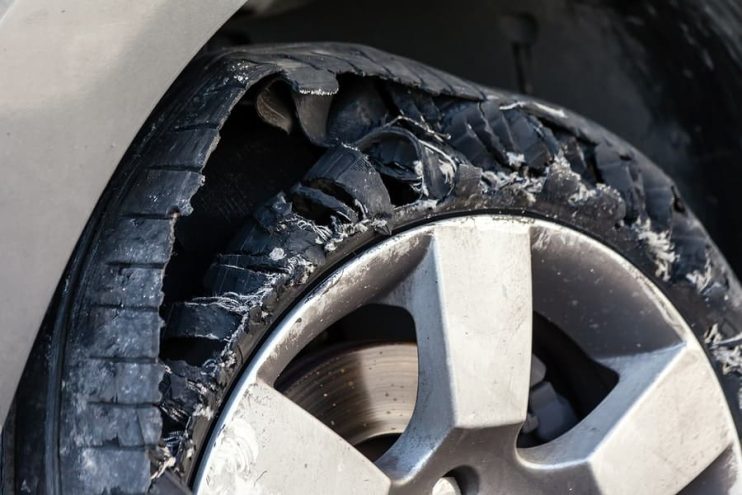
No one wants to be faced with a tyre blowout. When you’re travelling down the road at speed and you suddenly lose control, it can be extremely unnerving. However, there’s plenty you can do to stop yourself ever coming face to face with such a problem.
Tyres wear out. The rubber doesn’t last forever. So every time you go over a pothole, wear up against a kerb, or go over a speed bump a little too fast, you’ll degrade the surface of the tyre and the structure will deteriorate.
All these little knocks and scrapes then build up over time until suddenly – usually during a period of hard driving, on a very hot day, or when you’re carrying a big load, boom – that’s it. The tyre simply gives up the ghost.
Of course, the key to stopping a blowout is keeping your tyres in good condition. Regular checks are key, and remaining aware of the causes of premature wear helps you also make the spot checks that can identify a sudden problem when it starts.
Table of contents:
- What Causes Tyre Blowouts
- If You Experience a Tyre Blowout – What to Do
- Steps to Take Following a Blowout
- And Finally
What Causes Tyre Blowouts?
Some of the main causes of sudden catastrophic failure of your tyres include the following:
Inflation or pressure problems – if the pressure inside the tyre is too high, this will put excess stress on the outside rubber skin, making it more susceptible to damage.
Alignment issues – when wheels are not balanced properly, certain areas of the tyre are forced into contact with the road, causing considerably more wear. These areas degrade faster than the rest of the tyre and lead to blowouts.
Aging and dry rot – over time tyres can be attacked by mould and spores that cause the rubber to lose tensile strength. Over time this can weaken the structure of the tyre, causing a blowout.
Overloading – putting too much weight on your tyres will increase contact with the road, and can lead to the rubber experiencing more wear, especially if your tyres are not inflated to the correct pressure levels.
Blisters and cracks – damage to the tyres can often be seen as blisters in the skin or cracks in the sidewall. Both of these are tell-tale signs that the tyre is becoming weak, and one fissure could easily expand to cause a blowout.
Potholes and problems with the road surface – holes, cracks and even rocks or pieces of broken glass can quickly destroy your tyre’s surface rubber, leading to a blowout incident on the road.
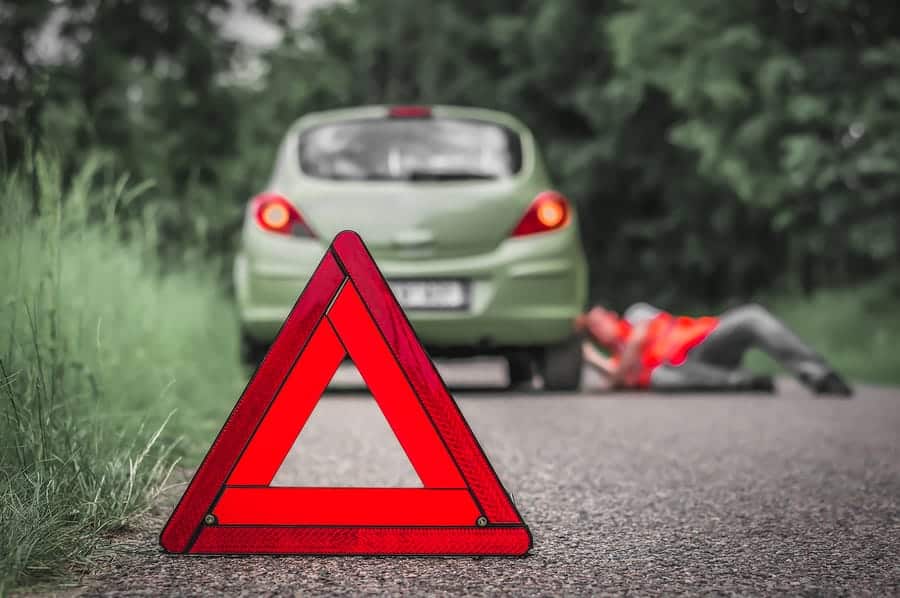
If You Experience a Tyre Blowout – What to Do?
A tyre blowout on the road can be an unsettling experience. Follow these steps to ensure that you keep control of your vehicle, and a clear head on the road.
Front Tyre Blowout
- The tyre blowout will cause the vehicle to veer heavily to one side. Using a firm grip on the wheel, steer in a set direction to correct the vehicle’s trajectory.
- Don’t use the footbrake, as this could cause the car to spin out of control. Just take your foot off the accelerator, and allow friction and gravity to do the work of reducing your speed. If you must use the footbrake – be incredibly gentle and cautious.
- Apply the handbrake on and off rapidly, if you must reduce speed quickly, but be aware that locking the rear wheels in such a situation could damage your rear axle.
- Lowering your gear can help reduce speed, but be incredibly cautious about rushed or sudden changes that can cause the car to jolt. Remember that you’re already suffering from reduced control.
- Keep your hands on the wheel – firmly in place, but not so tight that you’re unable to respond to the road. Control is key in a blowout situation – giving yourself the best chance to come to a safe stop.
Rear Tyre Blowout
- The car will veer from side to side if your rear tyre blows out. Keep a firm grip on the steering wheel, and as with a front tyre blow out – let the car’s natural weight and gravity reduce the overall speed.
- Try to avoid the urge to brake. If your car is already lurching from side to side, this could cause it to spin. Braking is a real danger in a rear tyre blowout situation, and is potentially dangerous both to you and the vehicles around you – especially if you’re in heavy traffic.
- Drive your car in a straight line. You may need to accelerate slightly to bring the car back on course and preserve momentum, negating the effects of a side slide.
- If you have a front wheel drive car, then carefully shift down, if you are confident that you can maintain control of the vehicle with one hand.
Steps to Take Following a Blowout
Once you have bought the car to a standstill, and given yourself enough time to relax and regain a calm demeanour behind the wheel, take the following steps:
- Turn on your hazard lights and put out reflective cones if you need to alert other motorists to your presence.
- If possible, change your tyre for the spare tyre in the back of your car.
- If you are on a dual carriageway, motorway or smart motorway – make sure you proceed with the appropriate caution and follow the appropriate protocols.
And Finally
Remember, the key to avoiding blowouts is regular tyre checks. Make sure you’re keeping one eye on these factors:
- Weekly tyre pressure checks – using a small gauge that can be plugged into the tyres, or using the system at your local filling station.
- Visual checks going round the car, inspecting each tyre for cracks, bubbles and damage to the rubber.
- If you’re going on a long journey, then it can pay to give the tyres a further once over a day before you embark, to give yourself peace of mind that you won’t suffer problems.
- Carrying a heavy load? Ensure your tyres are pumped to the correct levels by referencing the load bearing chart in your owner’s manual.
- And if there’s a heatwave – which is unfortunately becoming more commonplace in this age of global warming – then be more vigilant about your tyre pressure checks, as this is a key time for you to experience a blow-out.
And remember, stay calm behind the wheel at all costs – and to remind you one more time, never brake in a rear blowout and be extremely cautious about braking in a front blowout.

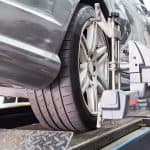
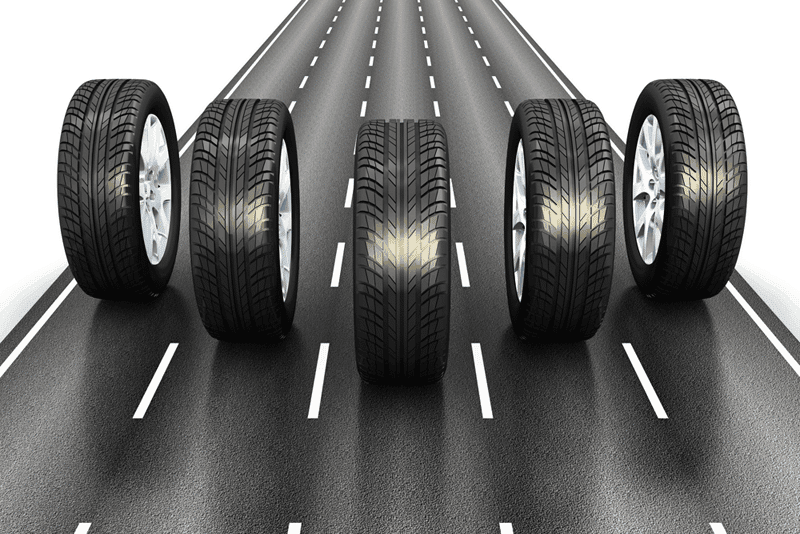
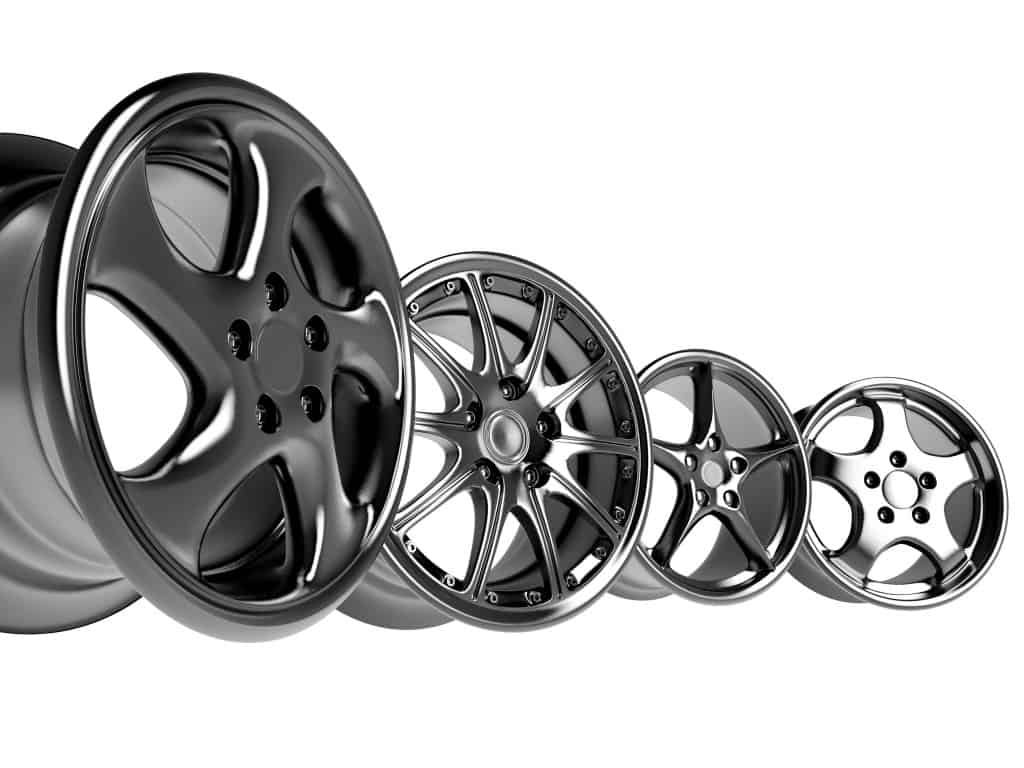
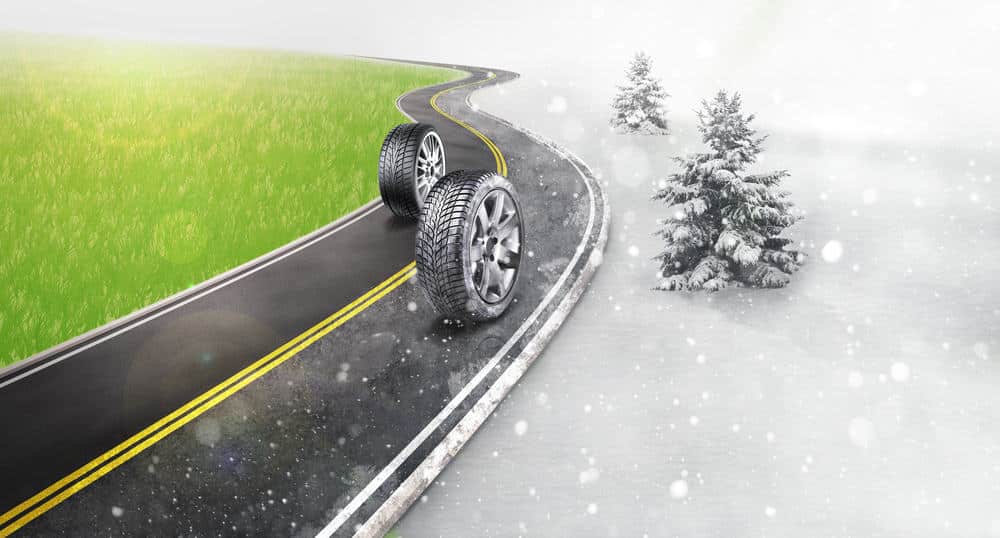
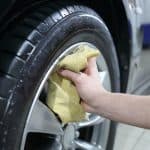
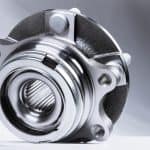
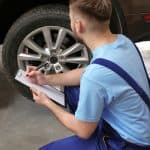

.png)